Chris Eyes returns with a tribute to cricketers possessing ‘vocational’ names. Enjoy…
As the 2022 English summer fades into memory now and the landscape of the game is changing, let us spare a thought for those cricketers not on full time contracts or big money T20 deals. You know, the ones who, like the rest of us, must return to occupations outside cricket to keep bringing home the bacon, or earning a crust.
So with that in mind, I have endeavored to undertake selection of an Occupational XI, made up of players whose names invoke the common working man or woman as summer’s sheen is replaced by impending doom… I mean the onset of winter.
1. Nari CONTRACTOR (Gujarat and India)
Contractor was an Indian batsman and captain of great repute, whose career was cut short by a blow to the head during a match at the Kensington Oval in Bridgetown in 1962. Playing in a tour match for India against Barbados, Contractor was struck by a ball from the express Charlie Griffith which fractured his skull and led to a blood clot which temporarily paralysed him from the waist down. His life was saved and he later made a remarkable return to first-class cricket, playing for Gujarat and West Zone for almost ten more years. Before his injury, Contractor played 31 Tests for India, scoring 1,611 runs at an average of 31.58. Perhaps best remembered for a gutsy 81 he made at Lord’s in 1959, in which he suffered broken ribs, he made one century in his Test career, against Australia in 1960. Playing at the Brabourne Stadium in Bombay, Contractor hit 108 against an attack that included Alan Davidson, Ray Lindwall and Richie Benaud. His highest first-class score of 176 was also made at the Brabourne, playing for Gujarat against Bombay in a Ranji Trophy match in 1956.
2. Jos BUTTLER (England and T20 gun for hire)
We all know what Jos Buttler can do, having seen him hit 4 hundreds for the Rajasthan Royals in this year’s IPL, while he also hit 101 not out for England against Sri Lanka in Sharjah during the 2021 World Cup in the UAE. A wicket-keeper batsman who has played 57 Tests and 157 ODIs for his country, Buttler seems destined to spend the rest of his playing days on the T20 circuit. He is closing in on 100 T20 internationals, and is currently captaining England at the 2022 T20 World Cup in Australia. An integral part of England’s 2019 World Cup success, he scored 59 from 60 balls in the Final at Lord’s, sharing in a crucial 110 fifth wicket stand with Ben Stokes, before adding 7 in the Super Over and later performing the final act of the match, as he gathered a throw from Jason Roy to run out Martin Guptill and secure the trophy (on a controversial boundary countback rule, but we in New Zealand are not bitter about that at all hahaha, awkward, fading laugh). But he is an incredible batsman, having scored 162 not out off 70 balls against the Netherlands in June during England’s record innings of 498 for 4, and also holds the three fastest English hundreds in ODI cricket, the quickest of which was his 46 ball effort against Pakistan in 2015 in Dubai, where he finished 116 not out off 52 balls.
3. Vijay MERCHANT (Mumbai and India)
A supremely talented batsman who finished his 150 match first-class career with an incredible average of 71.64, Merchant is a warmly remembered man who passed away in 1987 aged 76. Boasting a highest first-class score of 359 not out scored during a Ranji Trophy match in 1943/44, for Bombay against Maharashtra at Brabourne Stadium, Merchant’s average is second only to the Don, meaning he is sometimes referred to as the Bradman of India. Sadly, his Test career was hampered by bouts of poor health and World War 2, and he only managed 10 Tests over an 18 year span, playing his first Test as a 22 year old against England in Bombay and his last as a 40 year old, also against England, this time in Delhi. He hit 154 in that match, having hit 128 during his previous Test innings at The Oval in 1946. He managed 859 Test runs at 47.72. Merchant and the great Vijay Hazare terrorized the local bowlers during the War Years, trading centuries and often double centuries. In fact, Merchant scored 11 double tons in his career, all between the years of 1941 and 1946. He had 45 first-class centuries in all, and added 65 wickets, including a best of 5-73 for Bombay against Western India in Jamnagar during the 1937/38 season in India. In later life he would be known as a great philanthropist, and founded a society to help handicapped people throughout India.
4. Mark BUTCHER (Surrey and England)
Butcher comes from a cricketing family. His father Alan played over 400 first-class matches for Surrey and Glamorgan and one Test for England, while his uncle Ian and older brother Gary have both played in excess of 100 and 50 first-class matches respectively and his sister Bryony played for Essex and Devon. Mark played 71 Tests for England, scoring 4,288 runs at 34.58 with 8 centuries and 23 fifties. His day of days came in 2001 when he hit 173 not out to carry England to victory over Australia at Headingley, and he also hit Ashes centuries at the Gabba in 1998 and the SCG in 2003. A scrappy left-handed batsman, he averaged a touch over 40 in his 280 match first-class career, scoring 38 hundreds, 27 of those for Surrey. His highest knock of 259 came against Leicestershire in 1999, while he took his one and only five wicket bag in a match against Lancashire the following year, when he claimed 5 for 86 including the wicket of Sourav Ganguly. A talented musician, he works now as a commentator, analyst and podcaster.
5. George BARBER (Toronto and Canada)
Barber is a man referred to as the ‘’Father of Canadian Cricket’’ after he immigrated there from England in 1826. A teacher by profession, Barber would later move into accountancy and also edited the Toronto Herald for a time, where he helped spread the word of cricket. He founded the first cricket club in Canada in 1827, the York Cricket Club which would be renamed the Toronto Cricket Club in 1834, and would take part in the first ever international cricket match when the United States of America played Canada in New York in 1844. Barber contributed scores of just 1 and 3 to a Canadian win by 23 runs, but his contribution to the game was bigger than his on field involvement. Sadly cricket never really took off in North America, overtaken by baseball and the American Dream, but Barber did his level best to establish the game in Canada’s formative years, also acting as an umpire in later international fixtures with the U.S. and playing well into his late 50s.
6. John SHEPHERD (Barbados, Kent, Gloucestershire, Rhodesia and West Indies)
A superlative all-rounder who should’ve played more than just 5 Tests, Shepherd was a victim of injuries before politics put paid to his Test career, after a rebel tour to South Africa in 1973 effectively ended his prospects. He was a man of the world however, playing for Rhodesia in the Currie Cup of 1975/76, turning out for the Footscray club in Melbourne for two seasons between 1976 and 78, and playing 1st cricket in England into his 40s. He made his Test debut in 1969 against England at Old Trafford and he took 5 for 104 from 58.5 overs in England’s first innings, before taking 3 for 74 and 1 for 45 in the 2nd Test at Lord’s. He then took 3 for 43 in the 3rd Test at Headingley before a troublesome back injury restricted his participation. He played two more Tests in the Caribbean, against India in 1971, bowing out with 3 for 78 and 2 for 45 (including the wicket of Sunil Gavaskar for 220) in a high scoring draw at Queen’s Park Oval.
His first-class career saw him play 423 matches (303 of those for Kent), amass 13,359 runs at 26.54 and claim 1,157 wickets at 27.71. His best bowling performance of 8 for 40 came on the West Indian ‘69 tour of England when he took 8 for 40 against Gloucestershire in Bristol, the County he would join in 1982, while his highest score of 170 was hit for Kent against Northamptonshire at Folkestone in 1968, a season where he scored 1,157 runs and took 96 wickets and won the Wetherall Award for leading all-rounder in English first-class cricket. The tour to South Africa in 1973, with the DH Robins’ XI, saw him become the first black cricketer to tour the country at the height of apartheid, while in 2011 he became the first person of African-Caribbean heritage to become President of an English County when he took the role at Kent.
7. Farokh ENGINEER (Mumbai, Lancashire and India)
A wicket-keeper batsman who played his cricket with flair and aplomb, Engineer represented India 46 times in Tests and was selected in a World XI to play in Australia in the summer of 1971/72. He scored two Test centuries in his career, the first almost coming before lunch on day one in a Test against the West Indies in 1967, plundering a bowling attack that featured Wes Hall, Charlie Griffith and Sir Garfield Sobers for 94 before the interval. He was dismissed for 109 post the lunch break, and made his only other hundred against England at the Brabourne Stadium in 1973, when he hit 121. His highest first-class score came during the World XI tour in 1971, when he made 192 against a Tasmania Combined XI in Hobart. Engineer played the bulk of his first-class cricket for Lancashire, where he took 429 catches and affected 35 stumpings in his 175 matches, and scored 5,942 runs at 26.64. Choosing to remain in England after his playing career ended, Engineer worked as a commentator and also served as vice-president of Lancashire.
8. Ashley NURSE (Barbados and West Indies)
An off-break bowler who played 54 ODIs and 13 T20Is for the West Indies between 2011 and 2019, Nurse has lately been crushing fours and sixes in Legends League Cricket in India. Playing for India Capitals against the Gujarat Giants at Eden Gardens in mid September, Nurse hit 103 not out off just 43 balls with 8 fours and 9 sixes, while a fortnight later he made 60 not out off 28 balls in Jodhpur to help beat the Bhilwara Kings.
Nurse took over 50 international wickets, and in first-class cricket for Barbados took 158 wickets at just 23.38 from 49 matches, as well as scoring 1,345 runs at 23.15. His best bowling of 7 for 10 came in the Regional Four-Day Semi-Final of 2013, his first season of first-class cricket for Barbados, and he took 7 for 30 in the second innings as Windward Islands were dismissed for scores of 44 and 67 at Windsor Park in Roseau, Dominica. Barbados went on to win the competition with another innings victory, this time over Trinidad and Tobago on a pace bowlers wicket in Bridgetown, Nurse finishing with just 1 for 3 and 0 for 19, but in his first season he’d taken 45 wickets at 13.82 and finished third on the wicket takers list. He took 3 for 106 for West Indies A against India A in India later that year as Cheteshwar Pujara made 306 not out and the Windies A side suffered an innings defeat. He hit his one and only first-class century the following season against Trinidad and Tobago in Bridgetown, smacking 130 not out from 111 balls in an 8th wicket stand of 190 with Carlos Braithwaite in just 28.3 overs, and added 6 wickets and 4 catches for good measure. He never got a chance in the Test side as his wicket-taking ability faded after his initial good start, instead being seen as a white ball specialist.
9. James BAKER (Northern Districts and Samoa)
A tall and hard-working medium fast bowler who claimed 201 first-class wickets for Northern Districts over a ten year career, Baker recently captained Samoa during an East Asian and Pacific T20 Qualifying tournament in Port Vila, Vanuatu. Having retired from first-class cricket, Baker has now played in 10 T20 internationals for Samoa, for modest returns of 68 runs at 22.66 and 6 wickets at 31.50. More of a long form specialist, he was ND’s leading wicket-taker in the 2017-18 Plunket Shield, a season that included his career best figures of 6 for 72, taken against Auckland at the Eden Park Outer Oval in March of 2018. He’d previously taken a ten wicket haul against the same team in 2015 at Colin Maiden Park, claiming 6 for 75 and 4 for 53 in a tightly contested draw. Has a swag of wickets for Hamilton in Hawke Cup cricket as well, including 5 for 88 against Canterbury Country in 2008, 6 for 39 against Hawke’s Bay in 2009 and 5 for 71 against Counties Manukau in 2013, and in early 2014 he took 7 for 23 in a one-day match for Northern Districts A against Central Districts A at the Bert Sutcliffe Oval in Lincoln.
10. Simon COOK (Victoria, New South Wales and Australia)
A twice-capped Australian pace bowler who made his debut in 1997 against New Zealand due to an injury to Glenn McGrath. He enjoyed a remarkable introduction to Test cricket, taking 5 for 39 against a wilting New Zealand side as Australia completed an innings win at the WACA. Went wicketless in the next match at Hobart as New Zealand drew the 3rd Test, and never played for his country again. After gracing the big stage he returned to normality when Glenn McGrath returned from injury, which for Cook meant returning to work as an electrician.
Sadly, he would suffer severe injuries after a two tonne roller he was driving onto a truck would end up on top of him, breaking an arm and most of his ribs. He would return to cricket a year later, but never quite regain the form that got him to the top. His figures in that debut Test were his best in his limited first-class career, and his only other 5 wicket haul had come in the run glut season of 1993/94, when he’d taken 5 for 114 for Victoria against South Australia at the Adelaide Oval, bowling alongside Shane Warne, who claimed 4 for 119 as Paul Nobes and James Brayshaw hit centuries. Restricted to just 32 matches in his first-class career, he finished with 84 wickets and 30.82 before injuries and lack of opportunity saw him retire, although he continued to play club cricket in Melbourne into the early 2000s.
11. Bert IRONMONGER (Queensland, Victoria and Australia)
Ironmonger made his Test debut at the ripe old age of 45, for Australia against England in Brisbane, in 1928. In 14 Tests he took 74 wickets at just 17.97 a piece, including two 10 wicket hauls. The first of these came in 1931, when aged 48 he took 7 for 23 and 4 for 56 in an innings win over the West Indies at the MCG, while his second came a year later against South Africa, again at the MCG. On an awkward pitch Ironmonger was almost unplayable as South Africa were skittled for just 36 and 45, Australia winning by an innings despite only making 153 themselves. Ironmonger took 5 for 6 and 6 for 18 for the remarkable match figures of 11 for 24.
A left arm orthodox spinner, he was missing half his spinning finger after it was lost in an accident as a child, but the remaining stub helped him extract more turn and control. In all first-class cricket he took 464 wickets at 21.50, his best of 8 for 31 taken for Victoria against the touring West Indians that he’d torment later that summer of 30/31, and came in the second innings of a match where he’d taken 5 for 87 in the first. He also took 10 in a match (5 for 87 and 5 for 21) for Victoria against South Africa in November of ‘31, before tearing them apart for those 11 wickets at the G in the 5th Test in February of ‘32.
A terrible batsman who only just managed more runs (476) than wickets in his first-class career, his highest score had come on a tour to New Zealand with Australia, when he’d hit 36 not out against Southland in Invercargill in 1921. He played his last first-class match as a 53 year old in Bombay, for Jack Ryder’s unofficial Australian side against India in 1935, and took 5 for 70 in his last turn at the bowling crease. A hard-working man with no airs or graces, he toiled as a gardener for the St.Kilda Council after retiring from cricket. In 1925 he took a hat-trick against the MCC for Victoria at the MCG, but later in the summer had to decline an invitation to tour New Zealand with his State side as he couldn’t afford to take the time off work.
Special mentions and extended squad members:
Ghulam Guard, a tall left-arm seamer and police Superintendent who played 2 Tests for India between 1959 and 1960; Bernie Constable, a Surrey batsman who played 434 times for his County between 1939 and 1964, scoring over 18,000 runs; Mark Priest, a Canterbury all-rounder who played 3 Tests for New Zealand, his first in 1990 and his last in 1998; George Worker, a left-handed batsman who played 10 ODIs and 2 T20Is for New Zealand and has hit one-day centuries for Central Districts, Canterbury and Auckland; Andrew Hore, an aggressive left-handed batsman who played for Otago between 1997 and 2005; David Sales, a batsman who played over 500 times for Northamptonshire across all formats, and who in 1999 hit 303 not out against Essex in Northampton; and Tom Cooper, the South Australian batsman and current Dutch international who averages close to 50 for the Netherlands in ODIs.
Chris Eyes

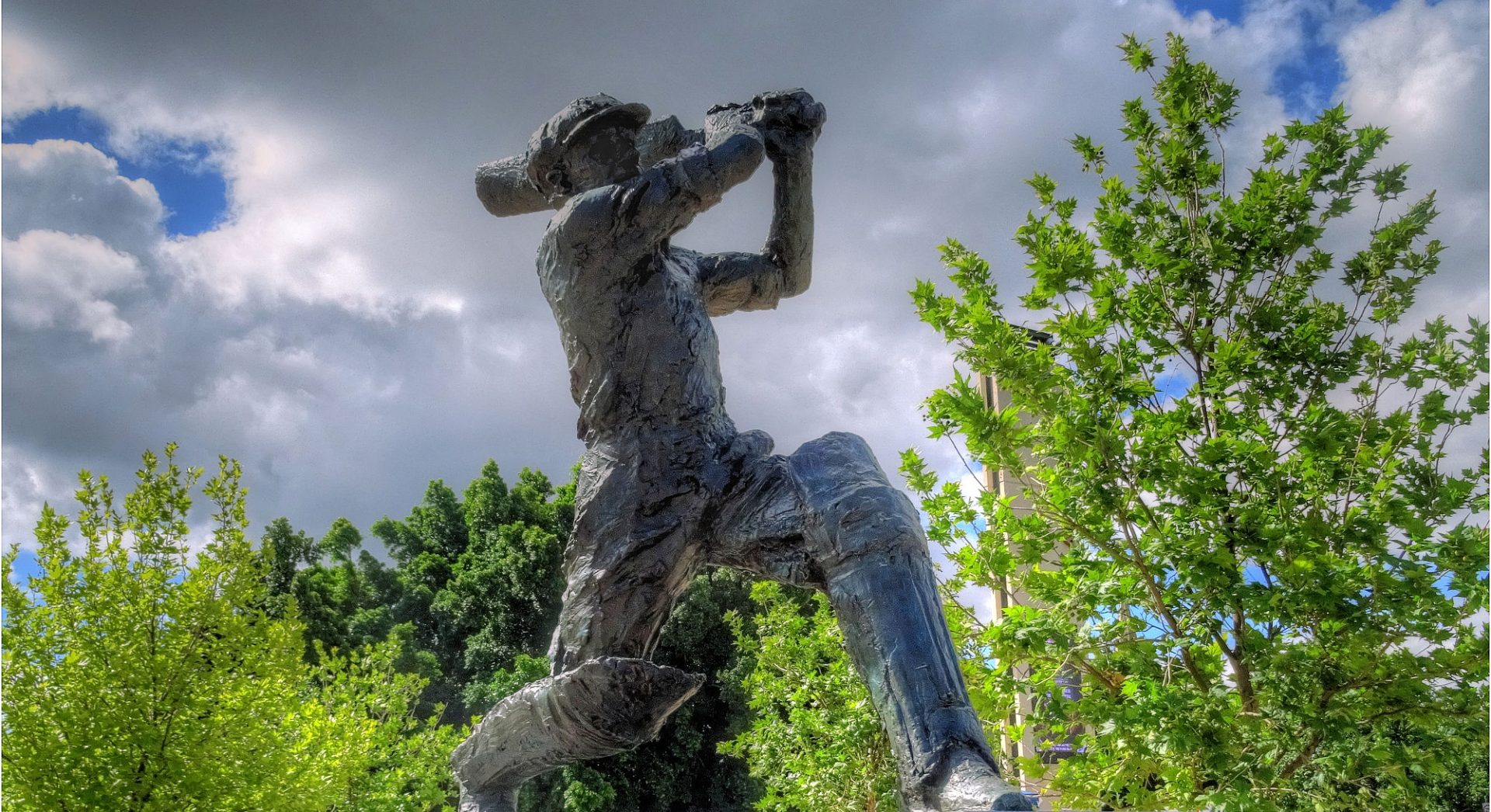

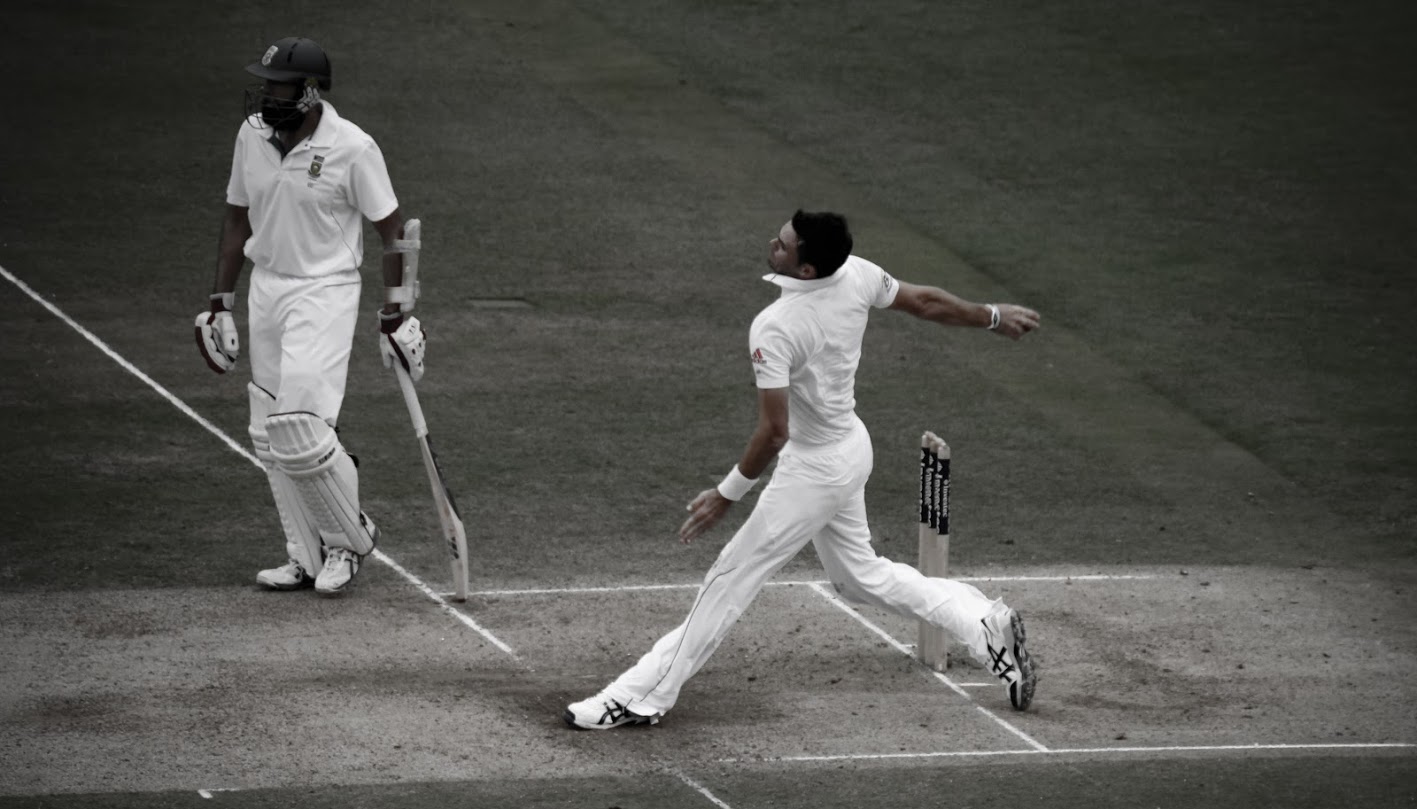
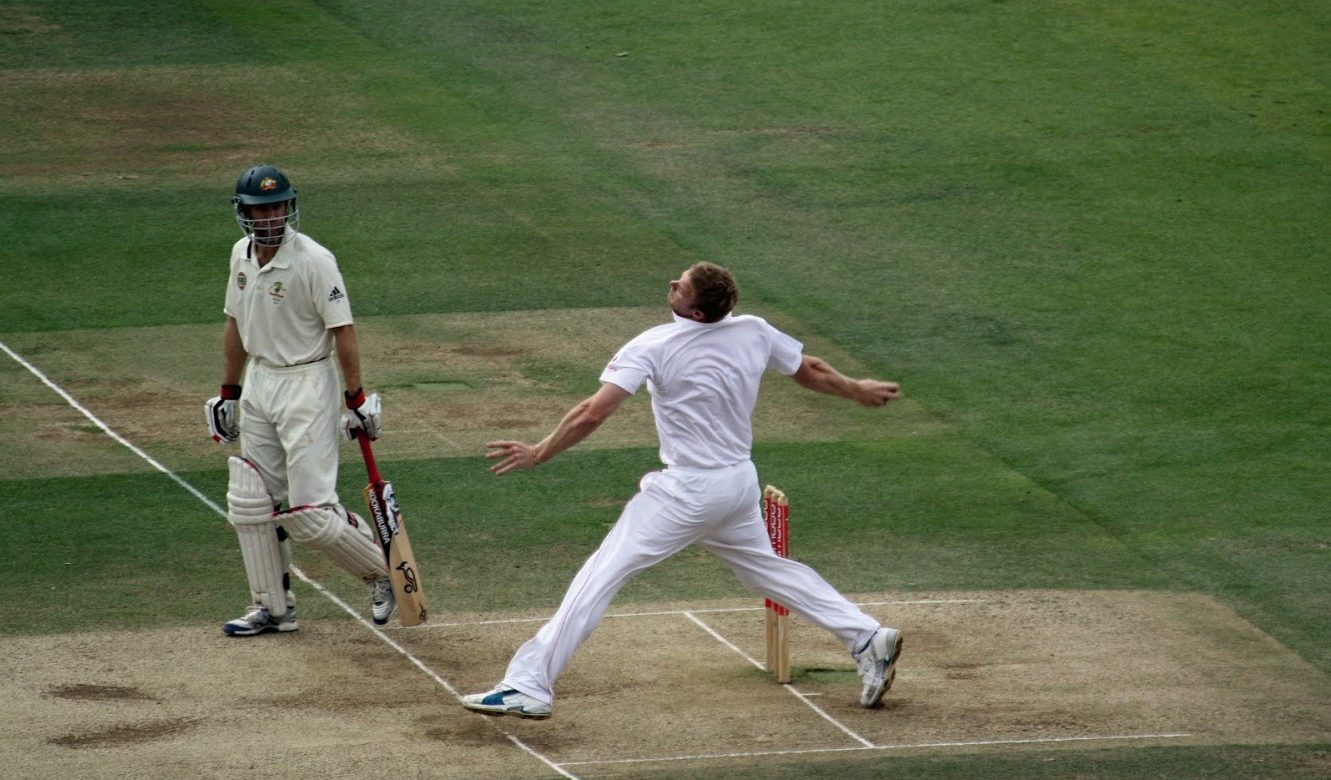
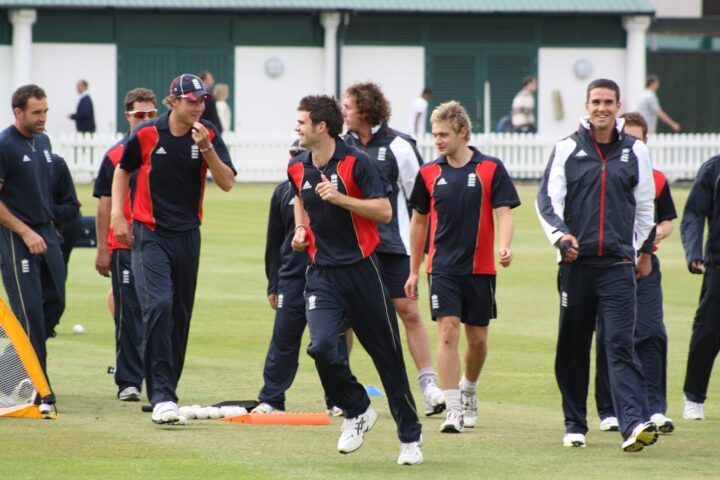
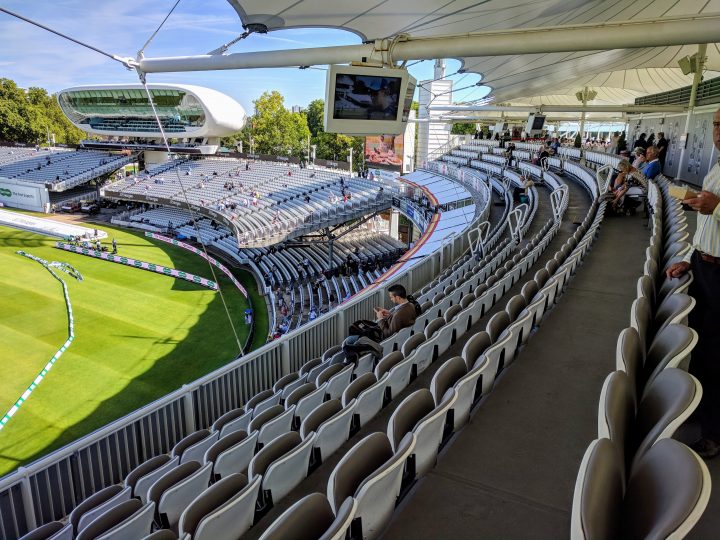


An interesting offshoot of this article would be to trace the continuing careers of first class cricketers who chose umpiring as a post retirement option and to find out why this true doesn’t started. There have been a number around, especially from our own county circuit.
For ‘true doesn’t’ read ‘trend’. I have a crazy spell checker on this I-pad.
No place for Alastair Cook?
…or Tom Cartwright?
And you’re a brave selector to bat John Shepherd above Engineer…especially as I have the impression from interviews that Engineer isn’t shy about making his opinions known…:-)
Sir Alastair had a prior engagement, selected as captain for my previous Food XI. Thought I’d give another Cook a chance. 😁
John Wheel-Wright
Plum-ber Warner
Eddie Paynter
Keith Fletcher
Ashwell Prince (it’s a job, sort of)
Dermot Reeve (c)
Andrew Hodd-Carrier (wk)
Malcolm Marshall
Tony Lock-Smith
Lumber-Jack Leach
Stuart Clark
Manager: Trevor Bailiff
Lol. Trevor Bailiff. Classic!
Some awesome names there Chris. Who’d’ve known Butcher was a musician? Pretty much every England side is a list of trades, and every west Indian side a list of slave-owner names. Nice topic. more in this though. AdT.